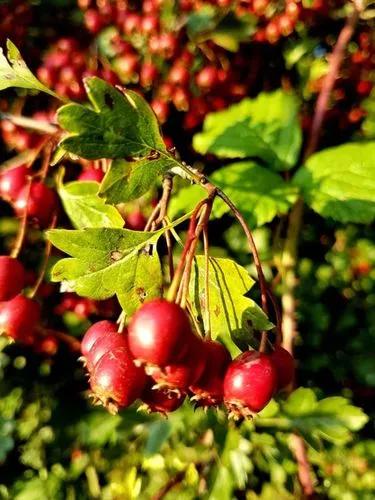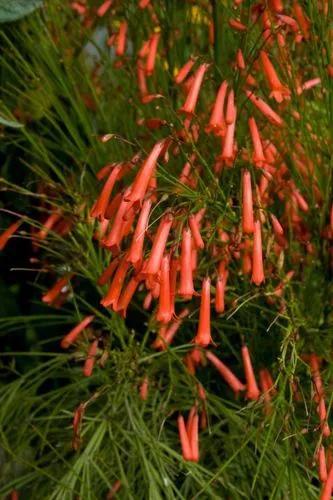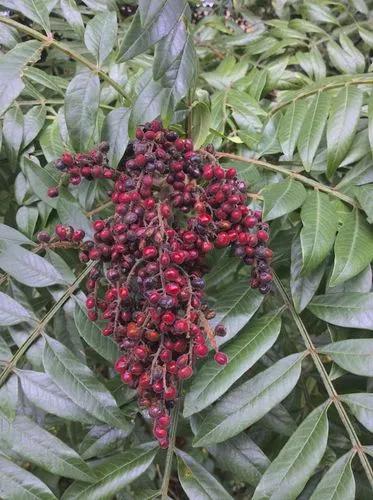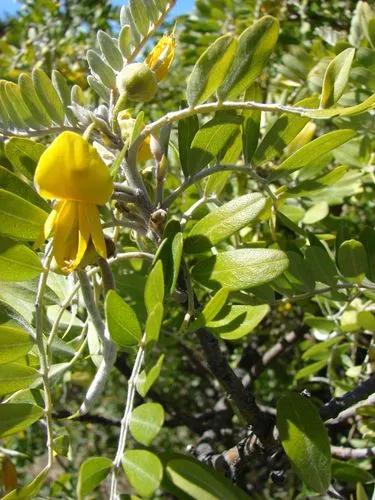Brassia is a genus of orchids in the Eastern hemisphere commonly called the “spider orchid” due to the long, bizarre shapes of its sepals, which spread out like a spider’s legs. The spider orchid’s scientific name, Brassia, comes from William Brass, the botanist who helped originally collect it. Spider orchids are found in rainforest-like conditions as far north as Mexico and as far south as South America, though like so many other beautiful tropical orchids they’re most commonly found in the Andes Mountains of Peru.
Spider Orchid Care
Brassia Caudata
Other names: Cricket Orchid, Epidendrum Caudatum, Malaxis Caudata, Oncidium Caudatum, The Tailed Brassia



How to Care for the Plant

Water

Mist them every day and never allow them to dry out. They need extremely humid conditions to thrive.

Fertilizer

Feed regularly with a balanced, diluted fertilizer like a 20-20-20 and up their feeding if the Brassia’s blooms are insufficient.

Sunlight

The rainforests of the Andes have heavy cover from the forest canopy and so their plants tend to require only partial sunlight. Too much direct sunlight will cause leaf tip burn.

Soil

As epiphytes, they don’t necessarily need a medium at all…they’ll do just fine hanging, or mounted on a vertical surface. But they can also be grown in hanging baskets, in which case they’ll need a well-draining medium like chopped sphagnum.

Temperature

Warm tropical temperatures above fifty degrees. They are not tolerant of frost.

Popularity

78 people already have this plant 15 people have added this plant to their wishlists
Discover more plants with the list below
Popular articles






